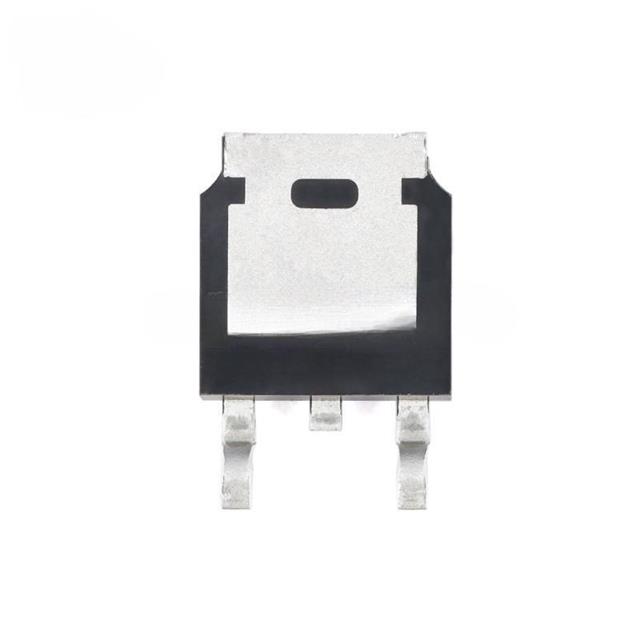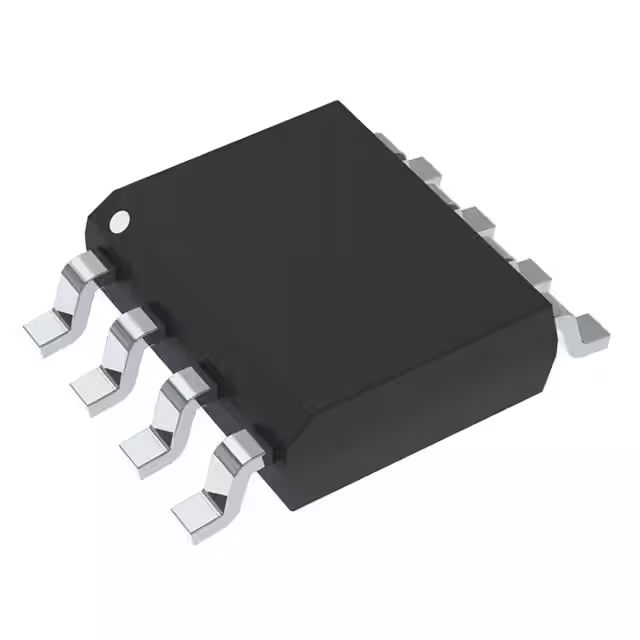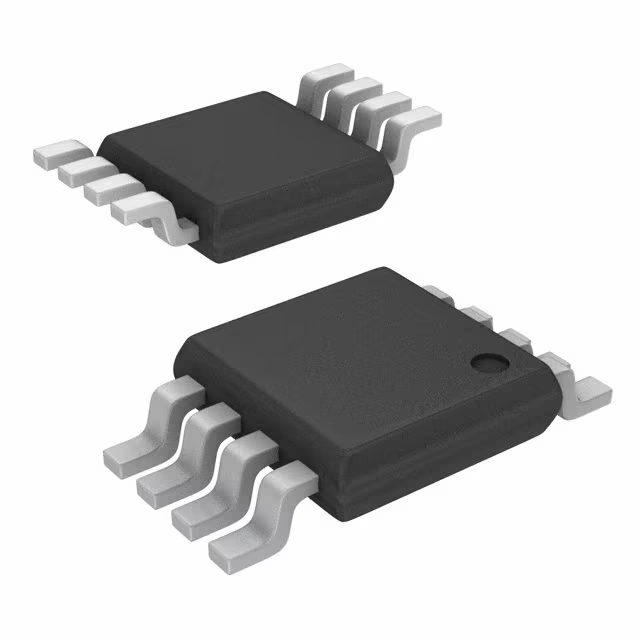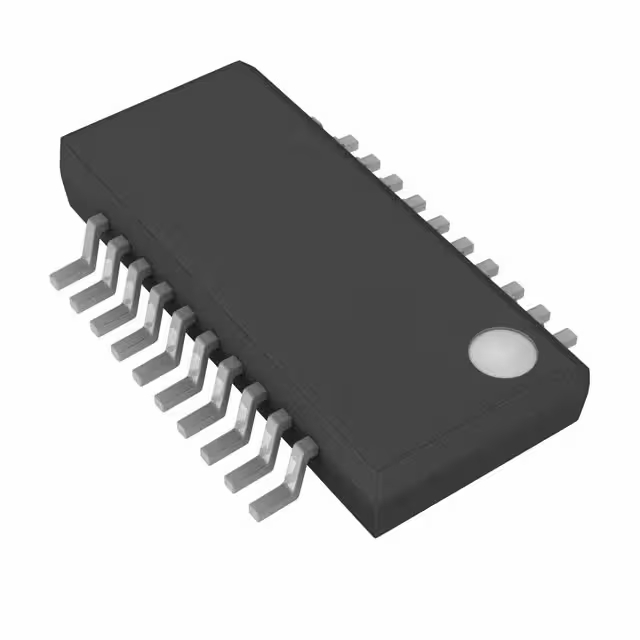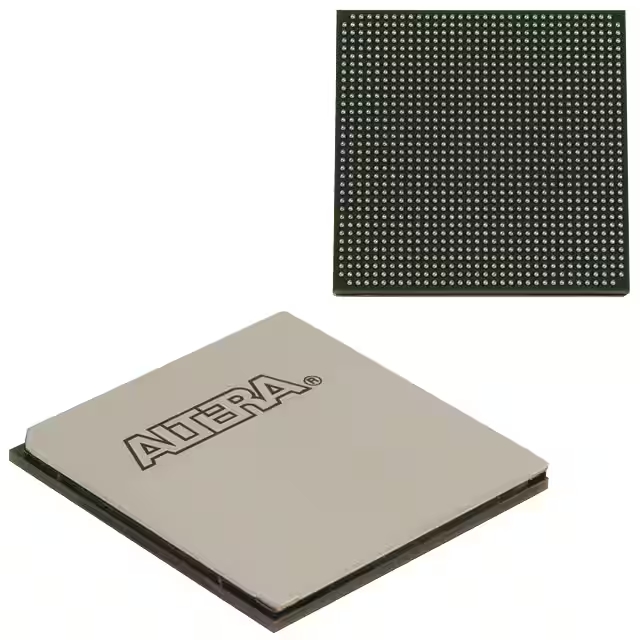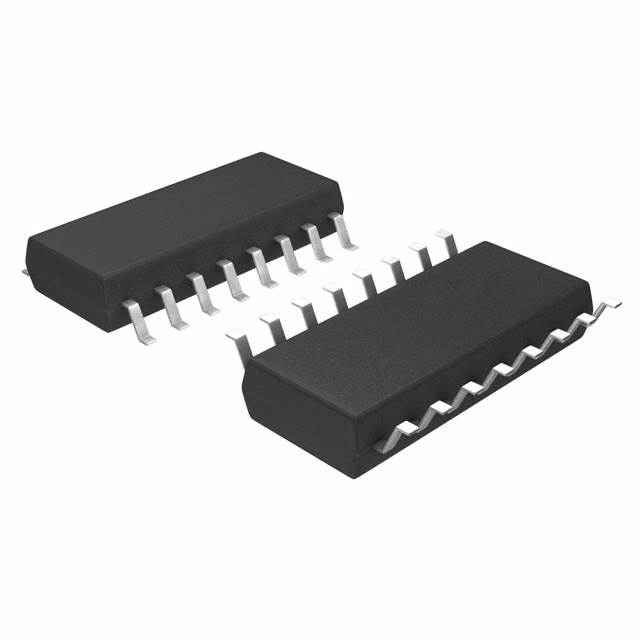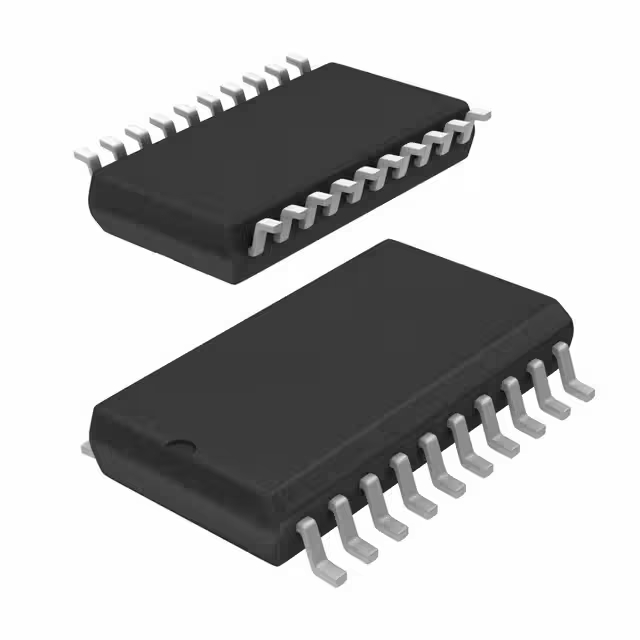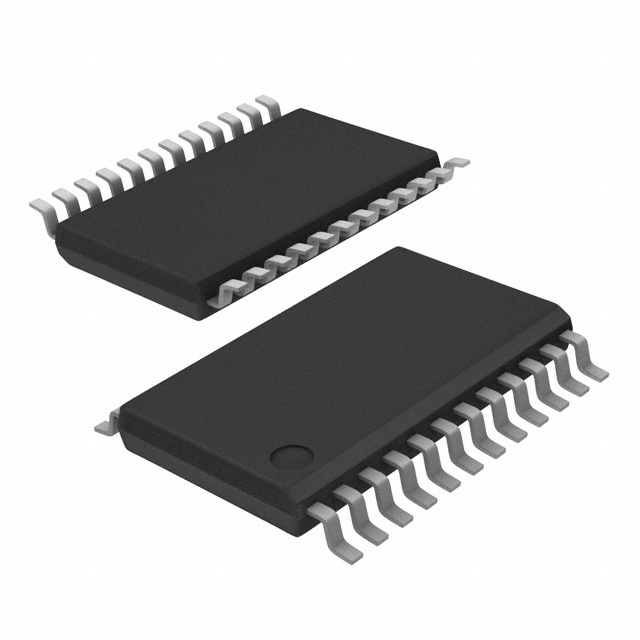78M05 datasheet & pdf, pinout, regulator UMW
- Тип вывода: Зафиксированный
- Напряжение - Вход (макс.): 35В
- Ток - Выход: 1А
- Упаковка: TO-252-3, DPAK (2 вывода + язычок), SC-63

БЕСПЛАТНАЯ доставка для заказов свыше HK$250.00

Быстрый ответ, быстрая расценка

Быстрая отправка, никаких проблем после продажи

Оригинальный канал, гарантия подлинности продукции
how to check smd 78m05 l 78M05 ic checking process l Test 78m05 smd l pinout alternative & details
78m05
If you’re thinking about using a linear voltage regulator for your project, here’s what you should know about this particular 5V regulator. It provides a steady, fixed 5V output and can handle currents up to 500mA. You’ll typically want to feed it between 7V and 20V for best results, but it can handle up to 35V if needed—just keep in mind, the higher your input voltage, the more heat you’ll generate.
This regulator usually comes in convenient packages like TO-220 or TO-252 (D-PAK), easy for mounting directly onto your PCB. Accuracy-wise, you can expect the voltage output to stay within ±4%, though usually, it’s closer to ±2%.
What’s great about this regulator is its built-in protection features: it has thermal shutdown to keep things safe if it overheats, short-circuit protection, and even a special protection mode for its output transistor. Plus, it’s designed to operate reliably in tough conditions—from -40°C up to 125°C—so it’s pretty robust for most environments.
78m05 Pinout and Voltage Input
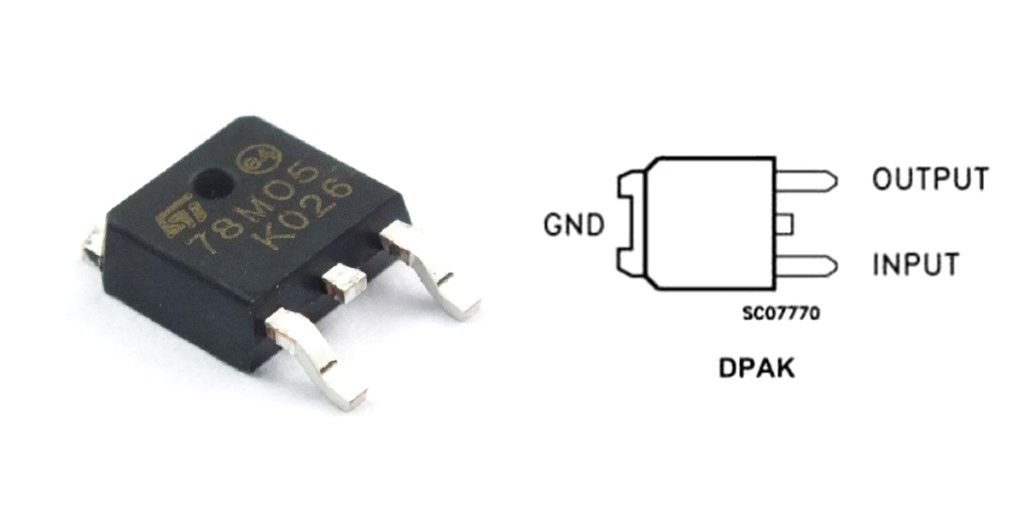
| Номер контакта | Имя пин-кода | Описание |
|---|---|---|
| 1 | INPUT | Voltage input pin, accepts 7V~20V (recommended) with a maximum of 35V. |
| 2 | Земля | Ground pin, connected to the common ground of the circuit. |
| 3 | ВЫХОД | Stable 5V voltage output pin, maximum output current of 500mA. |
If you’re planning to use this linear regulator in your project, here are a few quick tips to keep it working smoothly. Always feed it at least 2 volts more than your output—around 7 to 20 volts is ideal for a steady 5V output. Just make sure you never exceed the absolute maximum of 35 volts, or you’ll risk frying the chip.
Keep in mind that the bigger the voltage drop from input to output, the hotter your regulator gets. You’ll probably need a heat sink to keep temperatures safe.
Also, don’t skip adding capacitors. On the input side, put a 0.33µF to 1µF capacitor between input and ground to stabilize things. On the output side, add a 0.1µF to 10µF capacitor to smooth out ripple voltage and ensure steady power.
Finally, be super careful with wiring—double-check pin definitions first. If you wire it backward even once, your regulator can instantly fail.
78m05 Equivalent Voltage Regulator

| Параметр | 78M05 | LM7805 | L7805CV | MC7805 | КА7805 |
|---|---|---|---|---|---|
| Тип упаковки | ТО-220 | ТО-220 | ТО-220 | ТО-220 | ТО-220 |
| Output Voltage (Vout) | 5В | 5В | 5В | 5В | 5В |
| Maximum Output Current (Iout) | 500мА | 1A~1.5A | 1A~1.5A | 1А | 1А |
| Recommended Input Voltage Range | 7~20V | 7~25V | 7~25V | 7~20V | 7~20V |
| Maximum Input Voltage | 35В | 35В | 35В | 35В | 35В |
| Output Voltage Accuracy | ±4% | ±4% | ±4% | ±4% | ±4% |
| Built-in Protection Features | Да | Да | Да | Да | Да |
| Диапазон рабочих температур | -40~125°C | -40~125°C | -40~125°C | -40~125°C | -40~125°C |
If you’re looking to swap out the 78M05 regulator with another model, here are a few things you should keep in mind. First, always pick a replacement that can handle at least the same current—500mA or more. Regulators like LM7805, L7805CV, MC7805, or KA7805 are good options because they offer higher current ratings (around 1A), giving you more safety margin.
With higher current capacity, though, comes more heat. So make sure your cooling or heat dissipation setup can handle it comfortably. Double-check your input voltage stays within the recommended range (usually 7 to 25 volts). Higher voltages lead to more heat and energy loss.
Replacement regulators typically match or surpass the original in voltage accuracy and built-in protection features. Still, it’s always wise to run a quick real-world test in your circuit to confirm everything performs smoothly before finalizing the swap.
78m05 12v to 5v Converter Circuit
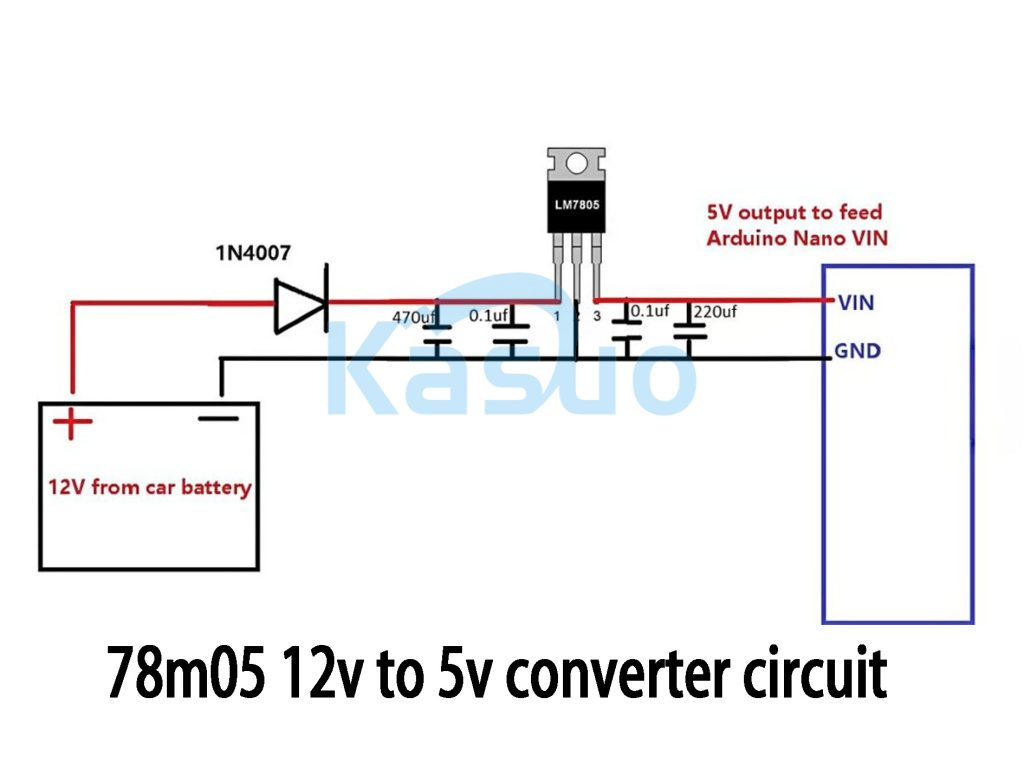
Let me walk you through this circuit setup. You’re using a 12V car battery as your input power, and to prevent any damage from reverse polarity, a 1N4007 diode is added for protection. The LM7805 (or similar 78M05 regulator) is used to step down the 12V to a stable 5V output.
To keep things smooth, you’ll find multiple filter capacitors (like 4.7μF, 0.1μF, 0.33μF, and 220μF) on the input and output of the regulator, which help reduce noise and stabilize the voltage. This 5V is then fed into the VIN pin of the Arduino Nano to power it up.
Now, when using the 78M05, keep in mind that it’s designed to drop from 12V to 5V, so you’ll need to ensure your input voltage is always at least 2V higher than the output. The regulator can supply a maximum of 500mA, so make sure your load doesn’t draw too much. Since it’s a linear regulator, expect some heat, so adding a heatsink is a good idea to prevent overheating.
78m05 Power Supply For Microcontroller
The 78M05 is a classic linear voltage regulator, perfect for stepping down higher voltages, like 12V, to a stable 5V output. It’s commonly used to power microcontrollers like Arduino or ESP32. It works by taking an input voltage (usually between 7V and 20V, max 35V) and converting it into 5V. This type of regulator is called linear because it uses internal resistors to drop the excess voltage as heat.
While it’s simple to use and reliable, it has some downsides. The efficiency is low compared to switching regulators (like buck converters) because it turns the excess voltage into heat. For example, with a 12V input and 5V output at 200mA, it generates 1.4W of heat, which requires good heat dissipation, such as a heatsink.
For small, low-power applications, like powering Arduino or ESP32, it works great. But for higher currents or bigger voltage differences, you might want to look into a more efficient DC-DC converter.
78m05 Linear Voltage Regulator Wiring
Let’s go through how to wire up the 78M05 linear voltage regulator. This regulator is great for stepping down high voltages, like 12V, to a stable 5V, which is perfect for powering microcontrollers, sensors, or other low-voltage devices.
First, connect your input voltage (12V) to the input pin (pin 1). The input voltage should be between 7V and 20V, with a max of 35V. If you worry about reversing the power, add a 1N4007 diode for reverse protection.
Next, connect pin 3 (the output pin) to the device you want to power, like the VIN pin on your microcontroller. Don’t forget to ground pin 2 to your circuit’s ground.
For stability, you’ll want to add capacitors. Place a 0.33μF to 1μF capacitor between the input and ground, and a 0.1μF to 10μF capacitor between the output and ground.
Remember, keep the input voltage within the recommended range and ensure the current doesn’t exceed 500mA. Also, add a heatsink if you’re using a large voltage drop to prevent overheating.
